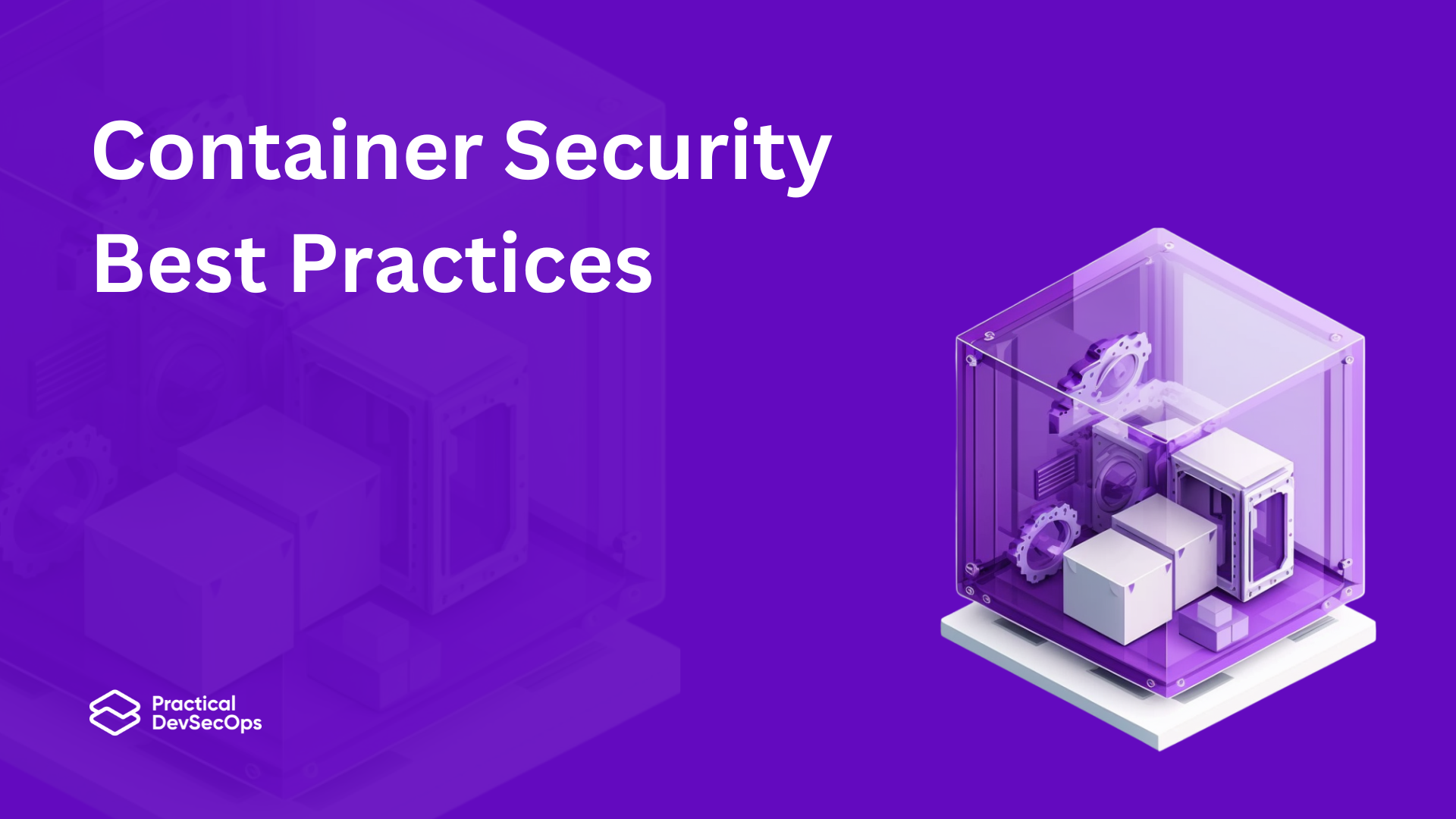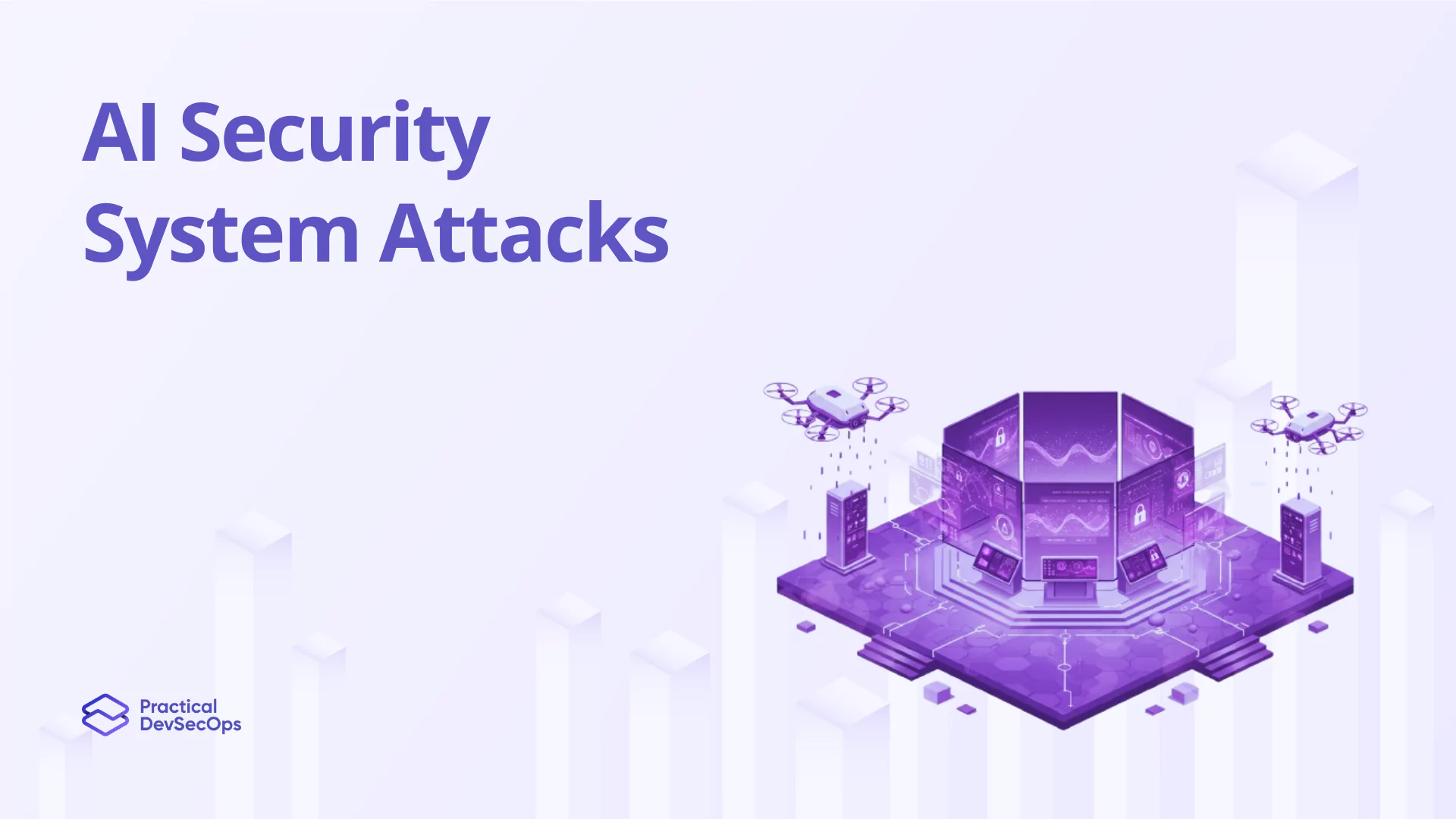The team’s invents new technology to address problems with existing concepts and technologies. Containers represent a key innovation that overcomes virtualization’s challenges. However, brilliant yet malicious innovators continue to exploit loopholes even in the best technologies. Major corporations like Netflix, Amazon, Uber, and Spotify now prefer microservice architecture for their systems.
Since most microservices heavily rely on containers, attackers frequently target these systems. Consequently, enterprises increasingly focus on enhancing container security. This blog explains what container security is, why it matters, and which best practices guarantee container security in 2025.
Top 5 Container Security Best Practices
As containers mature in their service capabilities, they also expand the attack surface for potential threats. Implementing the best container security practices keeps your applications and infrastructure protected from vulnerabilities. Follow these top five container security practices:
Include Code Scanning in the CI/CD process
Inspect your code before executing container images to prevent flaws and malicious content from infiltrating your system.
SonarQube and other SAST (Static Application Security Testing) tools scan code in all languages for vulnerabilities by identifying problems based on rules, linters, and other parameters.
When integrated into the CI/CD process, code scanning significantly improves code quality.
Implement Dependency Scanning
Many applications incorporate dependencies and libraries from external sources. Reusing external code can expose containers to risks from malicious penetration through these dependencies. Every application-building process must prioritize dependency scanning. Package management systems like Go, NPM, and Maven reveal vulnerabilities in application dependencies. Analyzing dependency scanning results helps identify potential threat scopes.
Secure Your Registries
Container images reside in registries, making these locations prime targets for attacks and malicious penetration. For private registries, implement strong access controls to strengthen container security. Further enhance safety by signing your images.
Ensure Container Runtime Security
Securing Container Runtime involves several best practices. Create separate VPNs for containers to improve isolation. Limit connectivity between containers and allow communication only when necessary.
Expose only the SSH port and restrict other ports that don’t serve the application. Use TLS to encrypt all communications between containers. These practices help repel threats effectively.
Scan Images Thoroughly
Developers must properly vet container images, especially those developed by third parties. Container image scanning monitors and analyzes packaging and dependencies in container image files. This helps developers update container images and eliminate vulnerabilities before publication. Integrate image scanning with your CI/CD pipeline and make it an essential part of your DevSecOps workflow.
What is Container Security?
Container Security identifies all possible vulnerability points in containers and implements efficient security practices, tools, strategies, and development frameworks during deployment and runtime. This protects containers against malicious attacks that might compromise supported applications and underlying infrastructure.
Why Container Security Matters?
- Containers help teams build, ship, deploy, and scale applications seamlessly, increasing their popularity and making them appealing targets. Despite their inherent security advantages, containers require additional protection measures.
- A vulnerable container opens doors to threats that can spread throughout an organization’s environment. Security researchers recently warned about container security after finding 1,652 malicious images on Docker Hub. Similarly, in 2021, Docker identified five malicious container images that exploited 120,000 users to mine cryptocurrency.
- Attacks on containers continue to increase, making effective security practices crucial for protecting containers and their dependent applications and infrastructure.
Container Security Tools
Advanced tools like Aqua Security, Sysdig, and Twistlock offer capabilities beyond traditional monitoring. These platforms enable real-time threat detection, automated security policies, and detailed audit trails, making them essential for robust container security. Select tools that match your specific security needs and integrate with your existing infrastructure.
Container Security Techniques
Leverage cutting-edge techniques such as behavioral analytics, anomaly detection, and machine learning to enhance container security. These methods proactively identify unusual patterns and potential threats, ensuring a secure environment. Embed these techniques early in development to effectively mitigate risks.
Securing Container Runtime
Ensure runtime security by using minimal base images and enhancing kernel security. Tools like gVisor or Kata Containers provide additional isolation layers to protect against vulnerabilities. Implement strict configuration management practices to minimize attack surfaces and enforce security at the runtime level.
Implementing Container Security in CI/CD Pipeline
Integrate security seamlessly into your CI/CD pipeline with automated tools and plugins. Use Jenkins or GitLab CI to embed security checks such as image scanning and compliance testing directly into build and deployment processes. This automation ensures continuous security focus throughout development and deployment.
Container Security in SDLC
Incorporate security practices throughout the software development lifecycle by adopting a ‘security as code’ approach. Enforce security policies from the initial planning stages through to deployment, ensuring compliance and mitigating risks at every phase. Regular security audits and updates should be integral to the SDLC to adapt to emerging threats.
Challenges in Securing Containers
Address common challenges including misconfigurations, inadequate network segmentation, and persistent storage vulnerabilities. Educate teams on best practices and common pitfalls. Implement robust monitoring and response strategies to quickly detect and remediate issues.
Shared Responsibility Model in Container Security
Understand the shared responsibility model, which distinguishes between cloud provider and user security obligations. Providers secure the infrastructure, while users protect their applications and data. Clear communication of responsibilities and compliance with security protocols safeguards containerized environments.
Conclusion
Selecting a containerized platform enhances application development security. Implement container security best practices throughout the container lifecycle to eliminate threats before they compromise your broader environment. Since containers face frequent threats from data, libraries, dependencies, and applications, container security requires continuous attention and skilled professionals who understand container security concepts, orchestration tools, and cloud infrastructure where most containers operate.
Most Frequently Asked Questions
What are the most common vulnerabilities in container environments?
Misconfigurations, insecure APIs, and use of non-secure base images are prevalent. Exposure arises from inadequate access controls and unpatched vulnerabilities within containers and their software dependencies.
How do you ensure secure container orchestration in Kubernetes?
Use Role-Based Access Control (RBAC), Network Policies, and regularly update Kubernetes to the latest version. Isolate sensitive workloads and implement security contexts to limit container privileges.
What are the best tools for container image scanning?
Clair, Trivy, and Anchore are highly effective for scanning container images for vulnerabilities. These tools integrate well with CI/CD pipelines, enhancing continuous security practices.
How do you implement effective dependency scanning in containers?
Integrate dependency scanning tools like Snyk or Dependabot into your CI/CD pipeline. Regularly update your dependency lists and scan for known vulnerabilities during the build process.
What are the key practices for securing container registries?
Implement strict access controls, enable content trust and image signing, and use private registries for sensitive applications. Regularly scan images for vulnerabilities and audit logs for unauthorized access.
How can organizations ensure continuous security for container runtimes?
Regularly update and patch container runtimes and host systems. Implement runtime security monitoring tools that can detect and respond to abnormal activity in real-time.
What role does CI/CD play in container security?
CI/CD automates the integration of security at every step, from code analysis to deployment. It ensures vulnerabilities are caught early, and security practices are consistently applied across all development stages.
How do you secure container communication and network traffic?
Implement network segmentation, use encrypted communications with TLS, and apply strict firewall rules. Employ service meshes like Istio for enhanced security policies and traffic control.
What are the benefits of using TLS for container security?
TLS encrypts data in transit, preventing interception and ensuring the integrity and confidentiality of container communications. It is crucial for protecting sensitive data and maintaining trust between services.
How can organizations stay updated on the latest container security threats and solutions?
Organizations regularly need to subscribe for security bulletaries, attend industry conferences, and participate in professional forums. Utilize threat intelligence platforms and conduct periodic security training for your teams to address new vulnerabilities effectively.







0 Comments